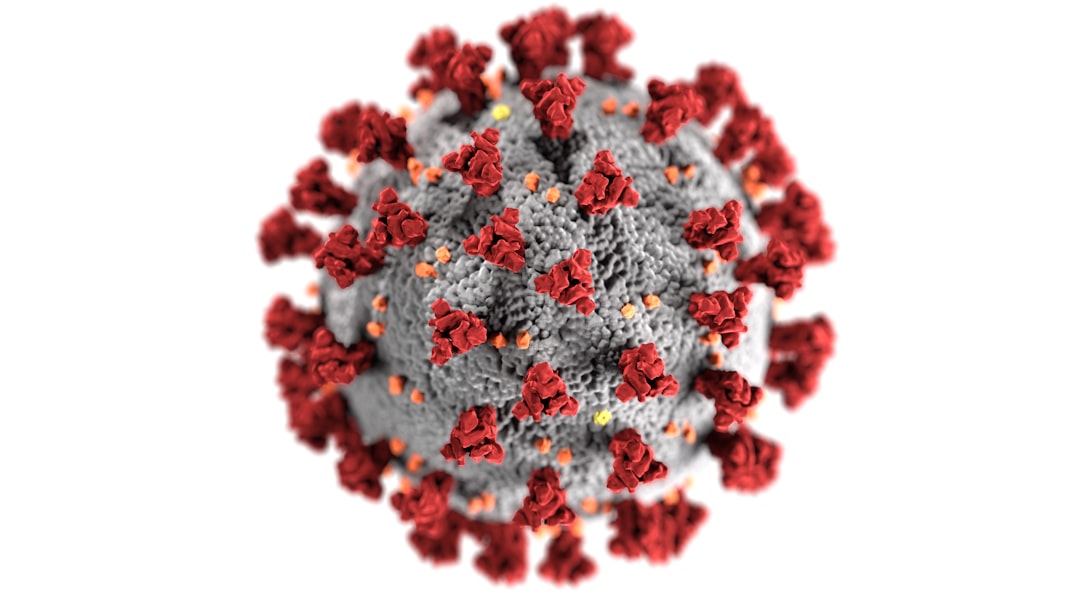What is it about?
This study reports the effect of silane treated surface modification of CNC on it's reinforcing capability toward natural rubber composites. CNC is derived from a natural source viz. ramie fiber. The surface of CNC is modified with selected organosilanes and this is confirmed by FTIR and PXRD analysis. Although, tensile properties of NR composites are improved upon loading of neat CNC at 2.5 phr loading, however, it deteriorates at higher CNC loading (5 phr) due to lack of proper dispersion and compatibility between CNC and NR matrix. Surface modification of CNC by organosilanes, at this point, is found very effective in improving the mechanical properties at this loading. This is achieved by better filler dispersion and the reduction in the agglomeration of CNC particles, resulted upon surface treatment by organosilane, as revealed by FESEM images. Moreover, surface treatment of CNC by organosilane is also believed to enhance the compatibility of CNC with hydrophobic NR. It is evident that at higher filler content, there is much scope for the surface modifier to cause better filler dispersion and enhanced compatibility between hydrophobic NR and hydrophilic CNC by reducing the polarity of CNC surface. Statistical treatment of mechanical properties shows a good agreement with the results and validates the effect of the surface modification of CNC.
Featured Image

Photo by Flash Dantz on Unsplash
Why is it important?
the present study signifies that designed surface treatment of CNC could make it a potential reinforcing filler for the preparation of useful NR composites.
Perspectives
This research is a break trough to use CNC as a filler in Natural Rubber with surface compatibility and adequate dispersion which was never been reported.
Shiva SINGH
Indian Institute of Technology Roorkee
Read the Original
This page is a summary of: Synthesis and chemical modification of crystalline nanocellulose to reinforce natural rubber composites, Polymers for Advanced Technologies, July 2020, Wiley,
DOI: 10.1002/pat.5030.
You can read the full text:
Contributors
The following have contributed to this page










